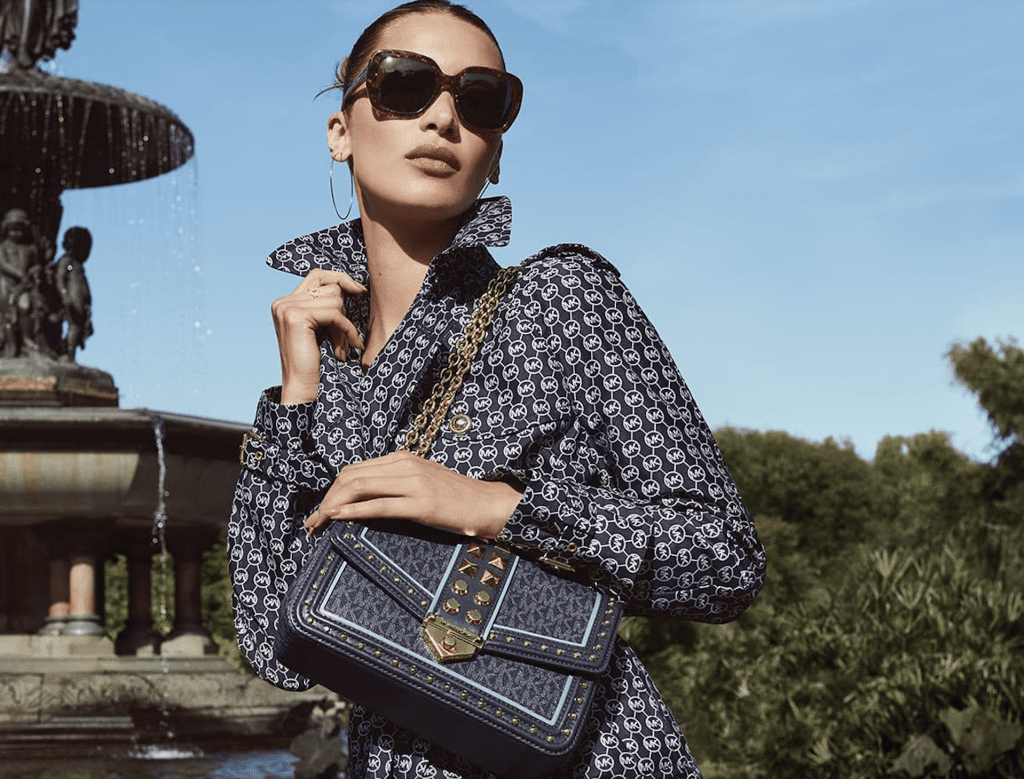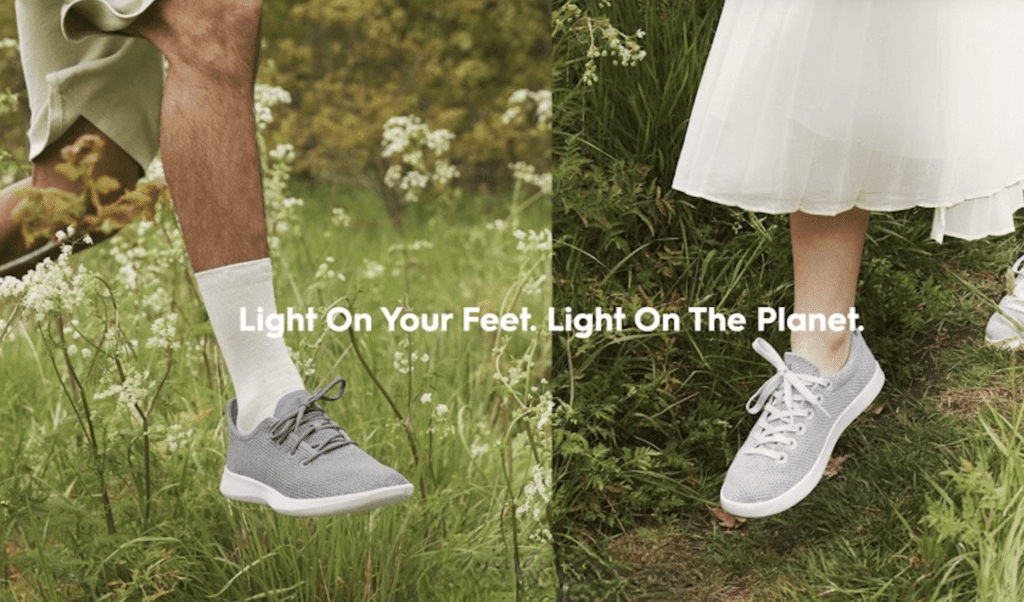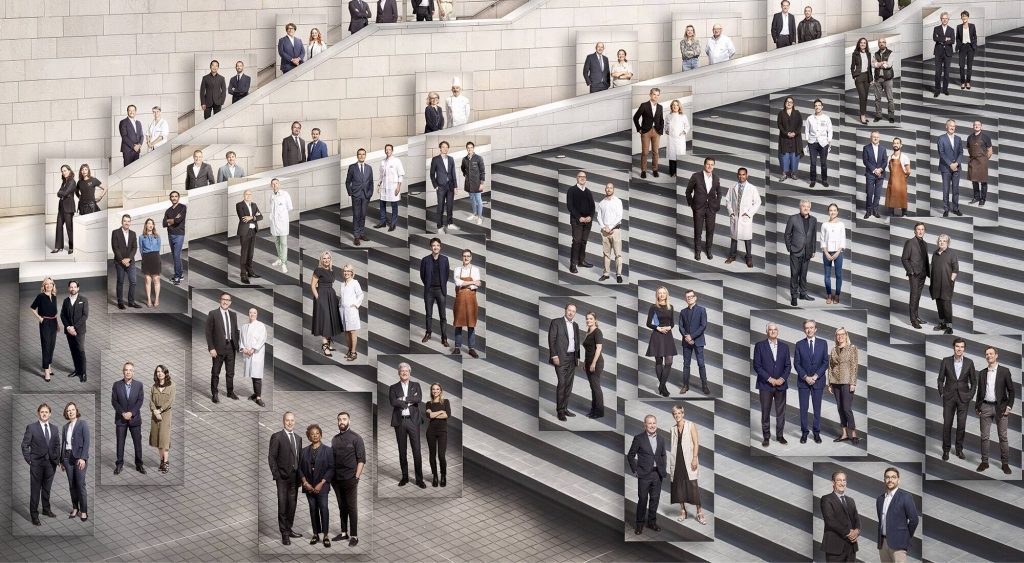Look beyond the likes of Chanel, Louis Vuitton, Gucci, Dior, and Bottega Veneta for a moment, which have all raised prices over the past year (in some cases, multiple times), parlaying enduring consumer demand and strong organic growth into boosted prices in what has widely been characterized as an attempt to make up for COVID-induced losses, as tourism, which is an important driver of luxury goods brands’ businesses, came to a screeching halt, and sales plummeted for fashion and luxury brands across the board amid the onset and the continued impact of the global health pandemic.
Aims to soften the blow of COVID-era spending – or better yet, a lack thereof – have certainly behind many brands’ pricing strategies as of late, as is a quest to hedge against increased output, as many brands seek to generate greater revenues by increasing turnover. Price increases have “the advantage of reducing the risk of overwhelming the market and putting perceived exclusivity in jeopardy,” Bernstein analyst Luca Solca stated earlier this year. At the same time, however, there is another type of price rise underway among certain brands, which have not only been looking to buffer their bottom lines in the face of the pandemic, but that are looking to position themselves more favorably, and boost their brand image and their margins in the process.
Ongoing Efforts by Capri
Capri Holding Chief Executive Officer John Idol, for example, revealed this week that the New York-headquartered group is raising prices on Michael Kors goods, stating, “We are going to raise prices again for spring season next year,” which means that price tags for Kors’ wares “are going to go up considerably.” The same will come into play at Capri-owned Jimmy Choo, as well, according to Idol. He did not mention whether similar increases would extend to Versace, which Capri acquired in 2018 for $2.12 billion in order to boost its luxury credentials, but did reveal that the group will continue to move away from any aggressive discounting of its offerings, saying, “We just don’t want to do it anymore.”
Capri Chief Financial Officer and Chief Operating Officer Tom Edwards spoke specifically to the group’s emphasis on full price sales in an earnings call late last month, asserting that Capri “saw great performance across all brands with better full price sell-through” during the quarter ending on June 30, 2021. He further claimed that “when we look at gross margin versus a couple of years ago, Michael Kors is significantly above where it was in that pre-COVID world,” which he attributed to efforts on the inventory management front, for instance, as well as “more tightly managing our product to drive full price sell-through” and “pricing actions, particularly in the accessories line.”
Bloomberg cited Simeon Siegel, managing director at BMO Capital Markets, on Tuesday, who said that “Michael Kors over the last several years has been working to re-elevate their brand and retrain their customers that they do not need to be everything to everyone,” and that has been a “turning point for the brand.”
Prada and Burberry, Too
Capri is not alone in its efforts. Prada, for example, has been working overtime to not just boost sales, but to boost full-price sales, in particular, since it announced in the spring of 2019 that it would do away with markdowns. The Milan-based fashion brand – which has been doubling down on a sweeping revamp that has ranged from a complete reworking of its marketing strategy to a revamp of its product offerings, themselves (to include some slightly more accessible handbags, etc.) – announced in March 2019 that it would put an immediate stop to end of the season sales in what Reuters called “a bid to boost margins and protect its brand after achieving revenue growth in 2018 for the first time in four years.”
The efforts have been largely successful, with Prada raising prices by an average of 13 percent globally in 2020, according to a report by Deloitte, and management for the brand highlighting the impact of full-price sell-throughs and increased average selling price on its performance for the first-half of the year in a conference call in late July. As a whole, sales are up at Prada, with the brand reporting that revenue for the first half of the year grew by 60 percent at constant exchange rates to 1.5 billion euros ($1.78 billion), and up by 8 percent compared to the same period of 2019, results that have enabled the brand to beat analyst expectations of 1.44 billion euros, as it continues to focus on its larger move to “increase brand momentum and profitability.”
In something of a similar vein, Burberry has been busy moving upmarket under the watch of departing CEO Marco Gobbetti and his plan to position the British label to better compete with the likes of Louis Vuitton, Gucci, and co. This has included price hikes, such as those that Burberry applied to leather goods in May, and a move away from markdowns. For the quarter ending on June 30, Burberry revealed that sales of both full-price leather and outerwear more than doubled compared to the same quarter last year, with the brand specifically highlighting the acceleration of “full-price sales as, collections and campaigns attracted new, younger luxury customers to the brand.”
Marketing and M&A
As for whether Capri can follow suit and cement itself as the titan of American luxury, its recent revenue reports seem promising – the group boosted its outlook for the year in late June, for instance, its second time doing so, saying that it expects total full-year revenue of about $5.3 billion. The work that it is doing behind the scenes also bodes well, with Zacks Investment Research stating recently that Capri has been reinforcing its position in the luxury fashion space by “deploying resources to expand product offerings and upgrade distribution infrastructure,” as well as to ensure “fleet optimization and e-commerce enhancement.”
This spring, Mr. Idol revealed that in furtherance of the group’s ongoing revamp, it is focusing heavily on spending on “great marketing initiatives and in particular, [on] something like Versace’s La Greca,” noting in a Q4 call with analysts in May 2021 that Capri is “going to spend into [the new print] and we’re going to really develop that communication with our consumer.”
While a push towards a new signature print and products by Versace, for instance, and an emphasis on luxury-oriented marketing could certainly help the group to more firmly position itself in the upper echelon of the market, what might ultimately ensure Capri’s efforts would be the acquisition of another European brand to live alongside Versace, something that very well might be in the picture amid the enduring wave of post-pandemic luxury M&A. Mr. Edwards, after all, stated in May that “at some point in the future we may look at additional acquisitions.” Bank of America analyst Lorraine Hutchinson followed up in June, revealing that the group is “open to acquiring a European luxury retailer in the near future.”
As for potential targets: footwear brands Gianvito Rossi and Aquazzura are said to be on the table generally speaking, and the Tod’s name continues to come up; although, Tod’s chairman and CEO Diego Della Valle has been vocal that if a deal does go down, he is angling for it to be with LVMH, which currently maintains a newly-increased 10 percent stake.
Beyond that, the family behind Salvatore Ferragamo has reportedly engaged in “informal talks” with financial investors in recent years regarding a sale of the company, with some sources saying that the addition of former Goldman Sachs banker Claudio Costamagna to the Ferragamo Finanziaria board is a tell-tale sign that it may be looking for a sale. And still yet, Valentino continues to be a source of speculation should Qatari fund Mayhoola for Investments seek to off-load the Italian brand. (As TFL has noted in the past, a potential bid to sell could help explain Valentino’s enduring litigation centering on its rights in the valuable Valentino name).
Capri will, of course, have competition when it comes to any potential M&A, as on the heels of LVMH’s acquisition of Tiffany & Co., Kering, for one, is said to be actively “watching the market and working to find the best target in very good conditions.” The one catch as Bernstein analyst Luca Solca put it recently, Kering’s management “emphasized that luxury is about scarcity,” and when it comes to buying a bona-fide luxury brand, “There are only very few targets around.”











